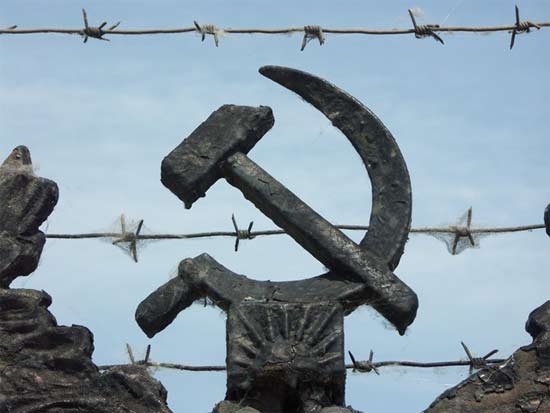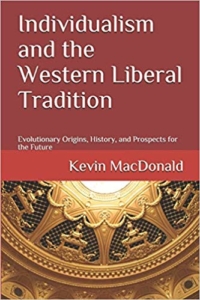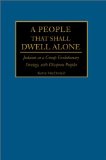Jews and the Left by Philip Mendes: A Review — Part 2
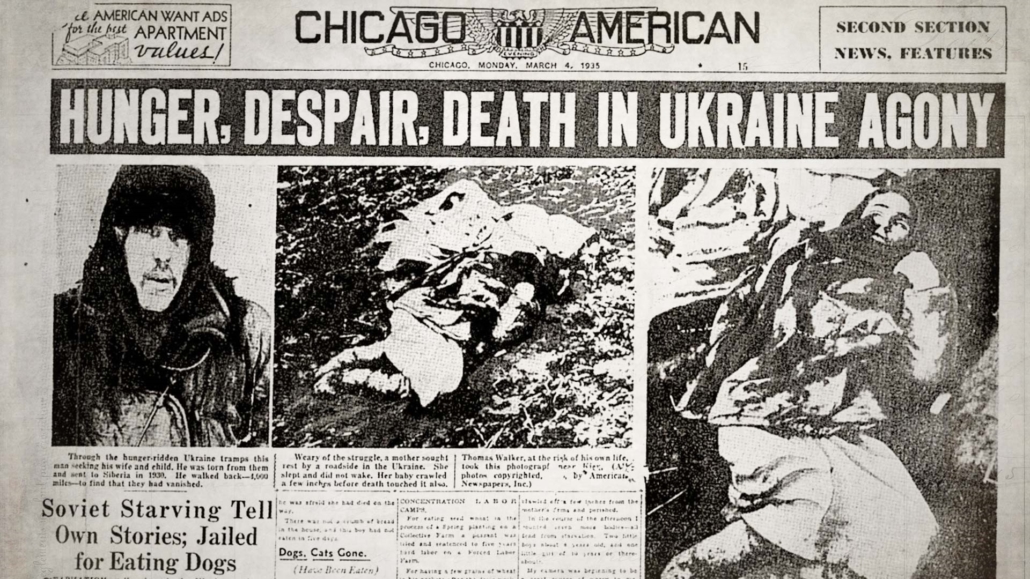
Denying the Jewish role in the Ukrainian famine
Mendes sees a revival of “the Judeo-Communist theory” in Australian author Helen Darville’s 1994 novel, The Hand That Signed the Paper, which posited that the collaboration of some Ukrainians with the Germans in World War II could be attributed to the role played by Jewish Bolsheviks in imposing the genocidal Ukrainian famine of the 1930s. For Darville’s central characters, anti-Jewish massacres were understandable revenge for earlier Jewish actions. For Mendes, Darville’s book provides a “classic example of the way in which the Judeo-Communist theory both reverses the cause and effect of anti-Semitism and communism, and acts as a self-fulfilling prophecy. … In short, it provides no explanation of the factors that drove many Jews to join the socialist movement. The historical context of anti-Semitism creating Jewish sympathy for Bolshevism is simply omitted.”[i] This is a disingenuous analysis given Mendes’ own gross misrepresentation of the context for Ukrainian anti-Jewish sentiment (i.e., casually dismissing centuries of economic predation).
In Jews and the Left, Mendes even asserts that “the argument that Jews as an ethnic group or even Jews as individual Bolsheviks played a significant role in the Ukrainian famine lacks any concrete evidence.”[ii] He evades discussion of the role of the Jewish Soviet leader in the Ukraine, Lazar Kaganovich, in overseeing the forced collectivization of 1932–33, conceived as part of an “assault on the Ukrainian nationalist intelligentsia.” The country was sealed off and all food supplies and livestock were confiscated, with Kaganovich leading “expeditions into the countryside with brigades of OGPU troopers” who used “the gun, the lynch mob and the Gulag system to break the villages.”[iii]
Similarly omitted is any mention of the role of the Jewish-dominated secret police in the Ukraine led by Genrikh Yagoda (also Jewish) in exterminating all “anti-party elements.” In his book The Jewish Century, Yuri Slezkine notes how “the Soviet Secret Police – the regime’s sacred center, known after 1934 as the NKVD – was one of the most Jewish of all Soviet Institutions.”[iv] Furious that insufficient Ukrainians were being shot, Kaganovich set quota of 10,000 executions a week for his secret police in Ukraine. Eighty percent of Ukrainian intellectuals were shot—the familiar pattern in which communist governments murdered the previously influential intelligentsia and other elites (see Tom Sunic’s “The Dysgenics of a Killing Field”; also a theme of Yuri Slezkine’s The Jewish Century, see here, p. 69). During the winter of 1932–33, 25,000 Ukrainians per day were being shot or left to die of starvation.[v]
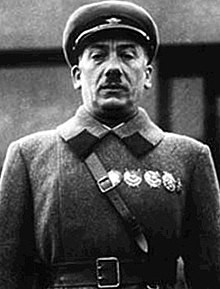
Genrikh Yagoda


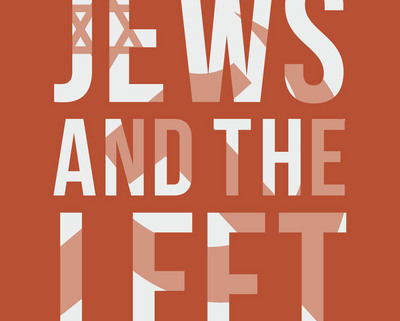
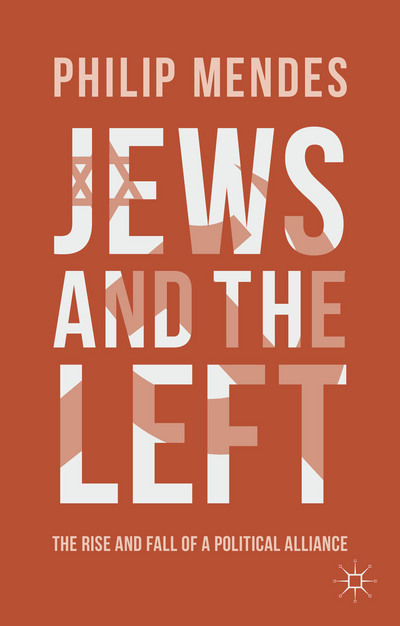

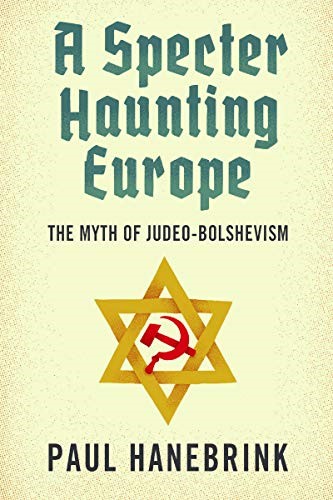
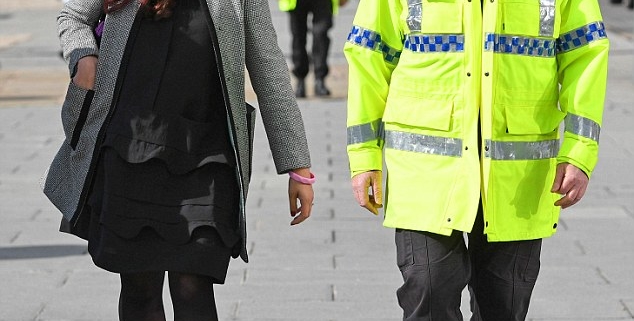
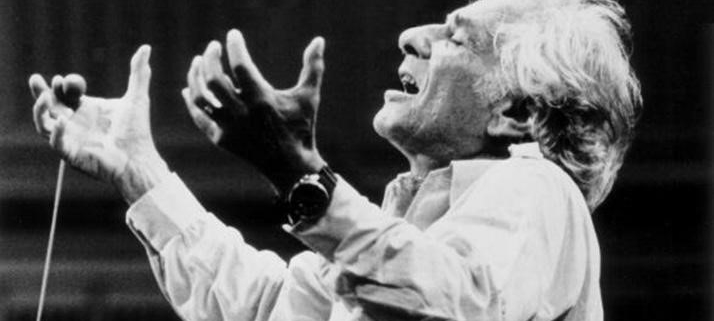

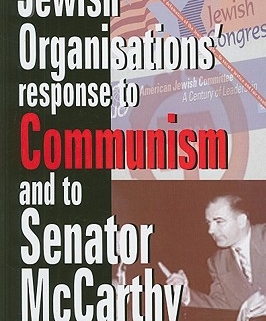
 Beginning in the 19th century, liberal/leftist politics has been a hallmark of the Jewish community in America and elsewhere. The attraction of Jews to the success of the Bolshevik Revolution was an entirely mainstream movement among large numbers of Jews in America and led to one of several anti-Jewish stereotypes during the 1920s and 1930s — stereotypes that were aided and abetted by people like
Beginning in the 19th century, liberal/leftist politics has been a hallmark of the Jewish community in America and elsewhere. The attraction of Jews to the success of the Bolshevik Revolution was an entirely mainstream movement among large numbers of Jews in America and led to one of several anti-Jewish stereotypes during the 1920s and 1930s — stereotypes that were aided and abetted by people like 